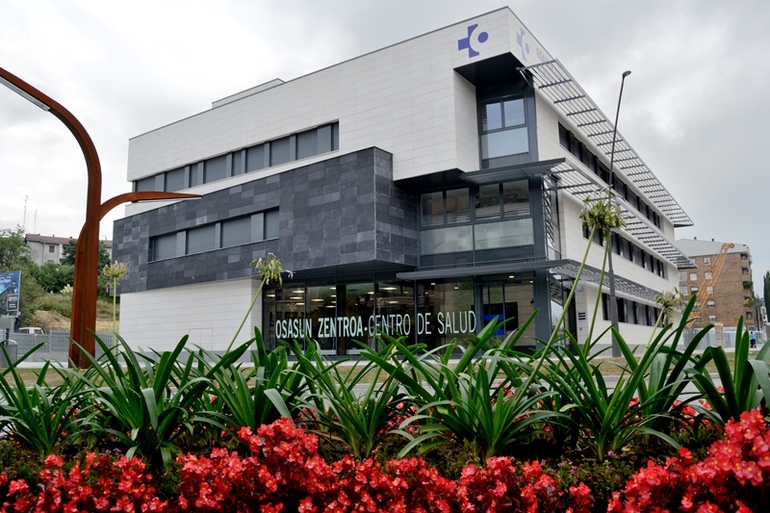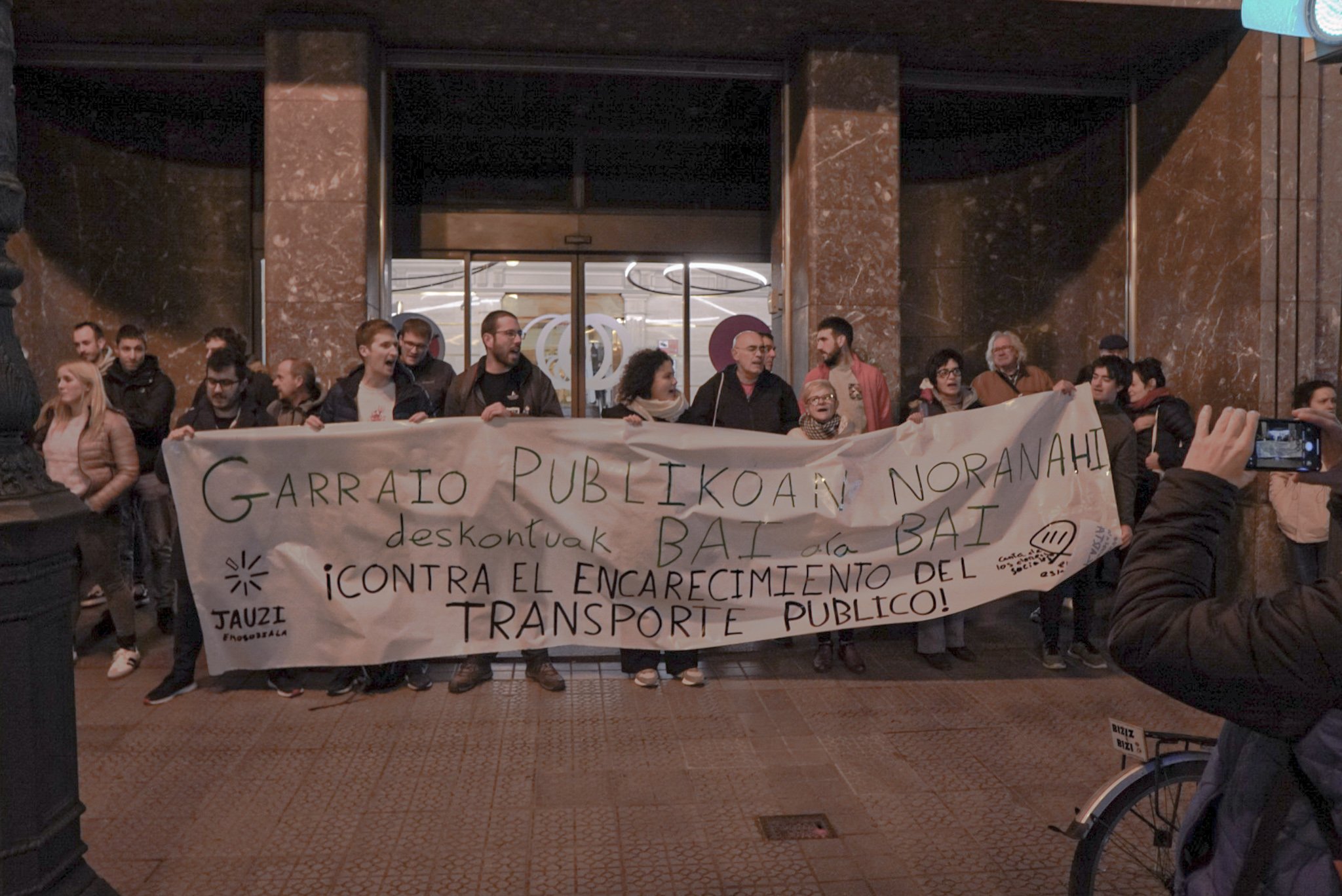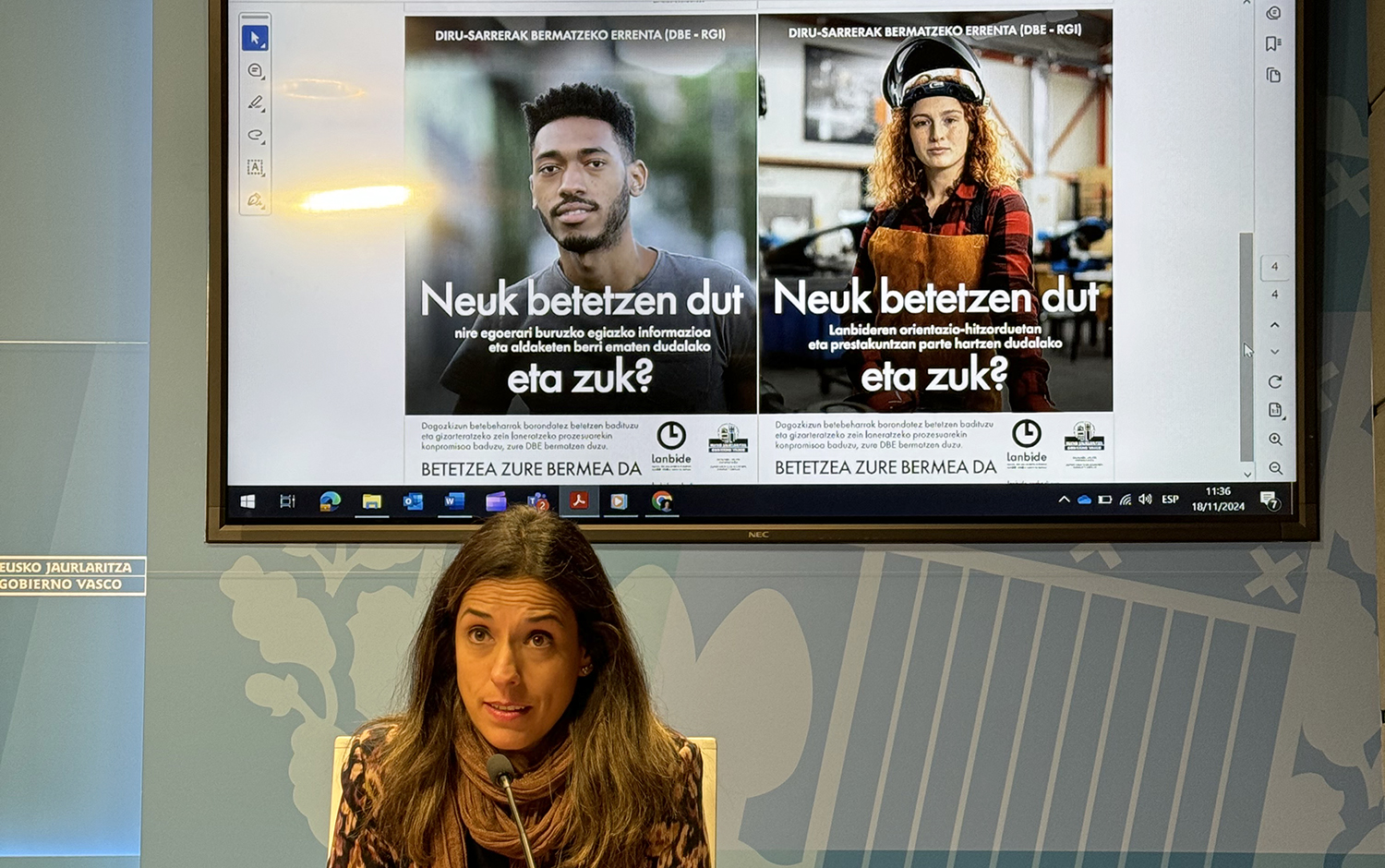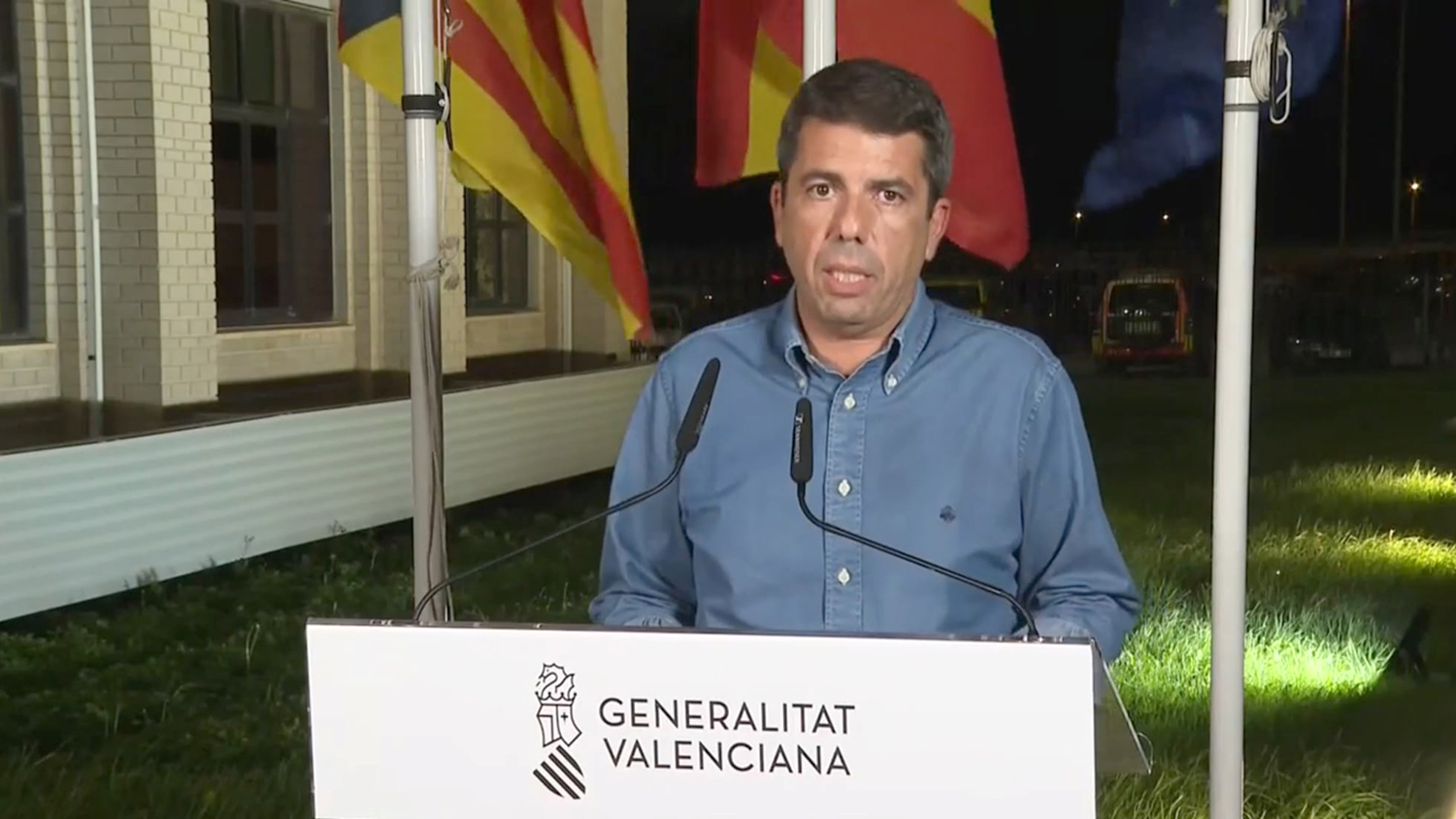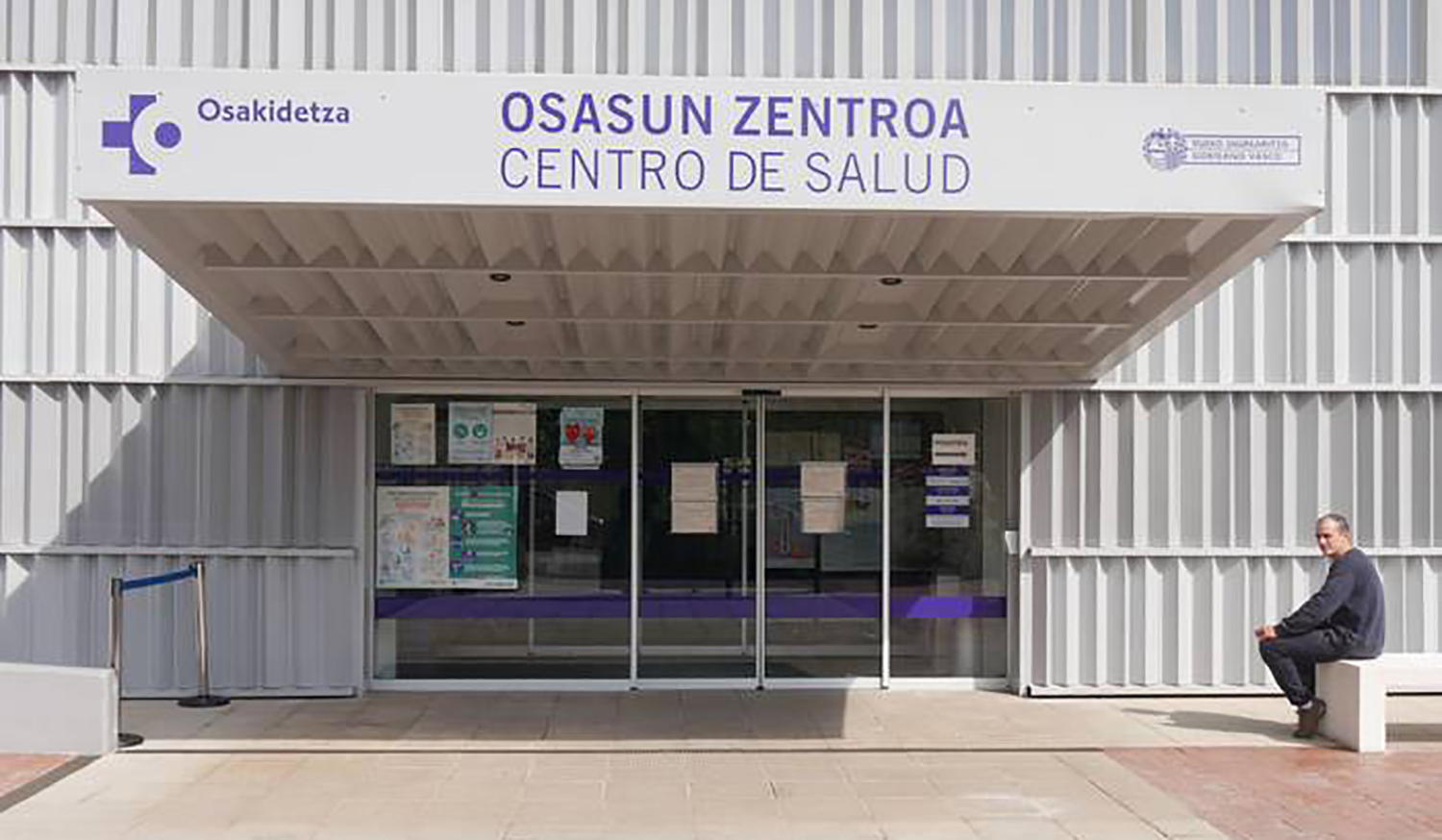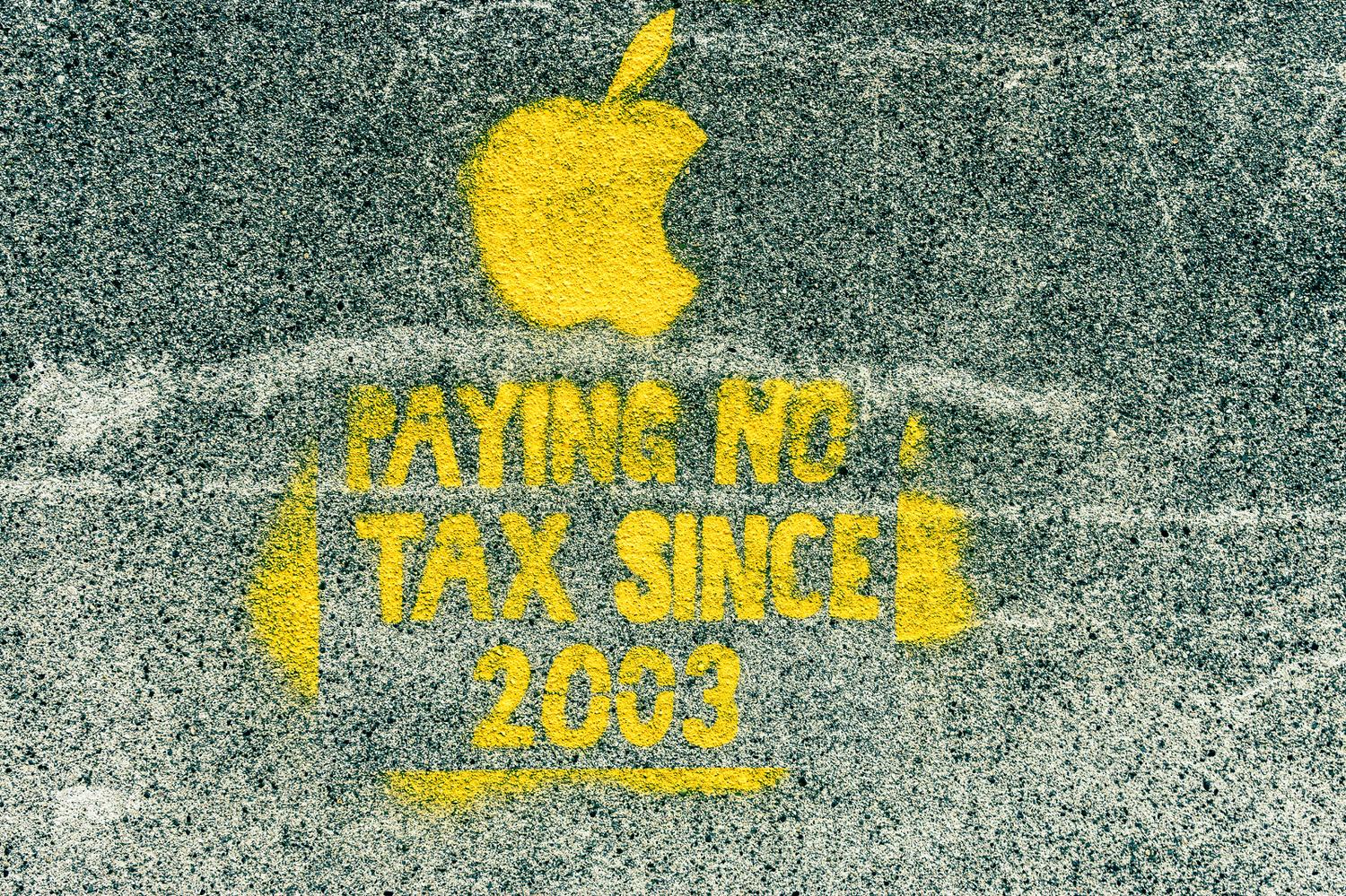Thanatia, a planet with no resources
- Thanatia leaves the interview with his father and daughter Antonio and Alicia Valero, Adrián Almazan. Book The Mineral Borders of the Planet (Icaria). Valerians are professors and professors of the University of Zaragoza, respectively. Antonio is also director of the CIRCE Institute for Research on Energy Resources and Consumption. In the current direction, they say that humanity has no way out. And they come with the proposals by filling in the bag to bring about change. The main contents of the book are listed below.

The harsh situation of the biosphere, the living part of planet Earth, is well known. But the geosphere, on the other hand, geodiversity, about the part of the planet that has no life, speaks much less, but its situation is also serious, especially because of the brutal exploitation that humanity is doing of resources. Earth, Gaia or Gea are some of the names of our planet, full of life and resources; Thanatia is our future planet without resources.
According to writer and ecologist Jorge Riechmann,
in the preamble of the Book From Surface to Earth, the ecological and social problems have also existed in the societies of the past, but have managed to move forward, especially because they were based on an organic economy: “The economy of agriculture is a surface economy powered by solar energy, while industrial society is an underground economy driven by fossil fuels. Metaphorically, in the process of the Industrial Revolution, our society moved away from the sun and entered the underground.”
From Gaia to
Thanatia, father and daughter of Valerio, they investigate how the process from Gaia to Thanatia is taking place. How the current development model is rapidly and savagely swallowing underground mineral value and at what rate these resources are depleted. They explain that, in fact, the mineral resources that the world economy uses are spread by the soil, in any type of concave stone, but in very small quantities. Our big advantage is that nature concentrates some of them in mines, with an immense gift, and of them, using a reasonable level of energy, we get the energy needed to mobilize the economy. But if it goes on like that, there's going to be a time when we're going to need more energy than we're provided with in order to get those minerals or underground materials, and then the bills won't come out.
.jpg)
In fact, researchers
explain that minerals or other energy components never disappear, that once exploited they always remain on land, at sea or in the atmosphere, but increasingly dispersed. There's the lame. And the more widespread it is, the more energy cost it is for exploitation. That's why mines are so important, because they offer us the most needed minerals. However, these mineral concentrations are only between 0.01% and 0.001% of the land surface (including fossil fuels). And we are swallowing so scarce resources very quickly. According to Valeriotarras, the exploitation of nature increases by 2.8% each year. This means that if we continue that way for the next 25 years, we will consume as many resources as humanity has used throughout history.
Rare earths A set
of seventeen elements of the Periodic Table are called rare earths. Contrary to what is believed, they are abundant on the earth’s surface, but they are very dispersed and their concentrations are very scarce. China produces 70% of the world’s rare lands and is increasingly used in key sectors of today’s society, such as LED lighting, vehicles or electronics. For example, a car contains 52 different metals. Copper, steel and aluminium account for 95% of the car, rare earth will go almost inadvertently, are dispersed in milligrams and are key in all electromechanical components. The risk of teluro supply is very high, e.g. silver, cobalt, chromium, copper, gallium, indium, manganese, tin and high risk of zinc supply; and disprosion, molybdenum, neodymium, selenium and tantalum of medium grade. In mobile phones there are 39 elements of the Periodic Table, of which 13 will have a high risk of supply in this century, if it continues like this.
“Nature recycles its waste, our society does not know and does not care. We have to learn from nature, live by cycles and close them”
Renewable energies The
world enters the race for renewable energies to avoid fossil energies. But this means that, from the only carbon dependency, we go to dependence on eleven more minerals. For example, for the manufacture of 200 wind turbines of 1,000 megawatts of energy, quantities are required such as: 160,000 tonnes of steel, 2,000 tonnes of copper, 780 tonnes of aluminium, 110 tonnes of nickel, 85 tonnes of neodymium and 7 tonnes of disprosion. To get the same amount of energy with the gas, it would take 25 times less material. The same applies to photovoltaic energy and batteries: lithium, graphite, cobalt, nickel, manganese and aluminium, of which, at the moment, only aluminium is abundant. When you listen to the boundless energy from the sun and the wind, you don't consider that the materials needed to generate energy from them are limited.
What if we had as many energies as we would like?
Alicia Valero makes it clear: “I think a large finding would be a problem rather than a solution. Extraction would be so cheap that if no limits were set it would accelerate the crushing of the planet. Materials are not obtained as radiation, they accumulate on the surface for long geological periods, but the current economy considers that nature recovers spontaneously and, therefore, there is no need to depreciate. It is extracted yes, but there is no system of counting destruction, nor a way to reconstruct or reconstruct what has been destroyed.” In other words, it believes that there should be a traditional and parallel economy, an economy that has been destroyed, rebuilt or replenished. For example, why not create a nature recovery tax? We have Value Added Tax, why not Added Destruction Tax? Obviously, if this were done, the tax on labour would have to be removed, for example, especially on lower incomes.
"From now on it will be customary to enter a store and not be what we ask for"
ALICIA VALERO
Antonio Valero recalls how Riechmann published the book Biomímesis in 2006 from the economy to the thermoeconomy. It explained how we could be much happier in organizing society by imitating nature. In the biomimetic economy, for example, everything should be done with organic material, discarding those polymers that nature cannot reuse. Biomimesis would be the motto of social well-being and thermoeconomics thermometer. In other words, as extraction inevitably deteriorates, it should be measured in the thermoeconomy and how far we are from the total destruction that this entails, that is, from Thanatia. The limits of natural resources would be measured. And according to this, the costs of nature that are not taken into account today: the energy needed to produce or extract something; the rehabilitation time; and the soil surface needed to rehabilitate a certain deterioration. The first conclusion of the thermoeconomy is that the economy must be cooled down.
Exergia, a meter
What system would all this be measured with? Exertions. Exergia is the basic concept of thermodynamics, and with this measure an energy value is given to anything physical, which will be measured in kilowatts hour. The more dispersed a material is, the less exergia it will have. In other words, thinning has a great deal of exergia. And it would be the exergia of a product, derived from the energy cost of the materials that make up it. For example, the exergia needed to make a computer is very large. Exergia would mediate soil erosion and this accounting would help design processes that consume less.
.jpg)
Difficulty in recycling The
authors of the book speak openly about the circular economy that is used so much today: “Oximoron is a beautiful one. It is not possible to fully recover a given matter. The principle of entropy always bets on degradation.” That is why they say that we must talk about the economy of the spiral and seek to make each of them as profitable as possible in terms of quantity of waste and quality recovery. They believe that recycling and waste recovery should be the most important ecological activity of this century of mankind: “Nature recycles its waste, our society does not know and does not care. We have to learn from nature, live by cycles and close them.”
The conclusions of the extraction are not good, according to Alicia Valero: “The peak of production of most resources could come before the end of this century and many before 2050.” This shortfall has already begun to be felt, both because of the increase in products and because of supply problems. “From now on it will be customary to enter a store and not to be what we ask.”
“The reformulation of the economy – say parents and daughters – is a political and socio-economic movement based on the ecological economy, industrial ecology and an ethics that considers natural resources finite.” And today, to put it all, they're not very optimistic.
(This article is the second part of a story that you can find in: 'Crisis of chip destruction. One summit less, on the road to collapse', by Urko Apaolaza...
PPrekin eta EH Bildurekin negoziazioetan porrot egin ondoren etorri da Ahal Dugurekin adostutako akordioa. Indar politiko honek aitortu duenez, maximalismoak atzean utzi eta errealitateari heldu diote, errenta baxueneko herritarren aldeko akordioa lortuta.









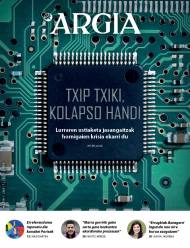

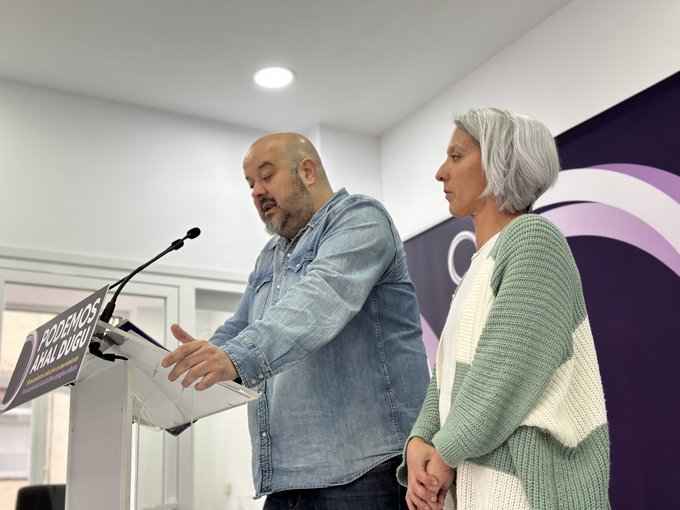

.jpg)

